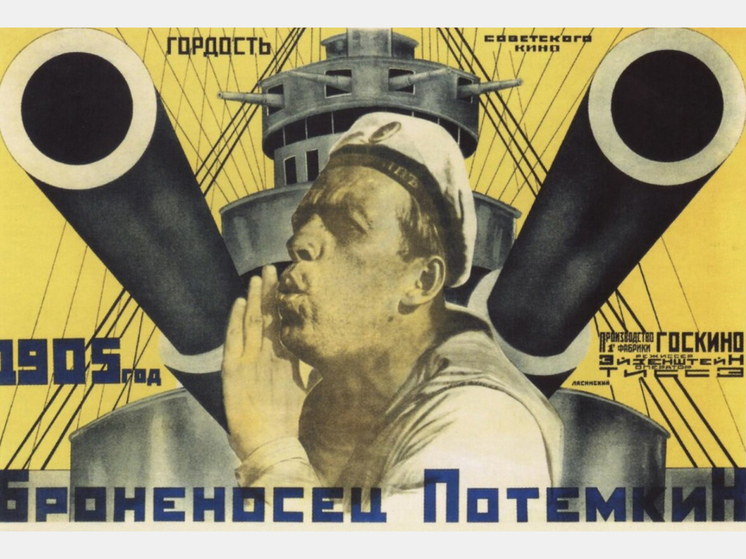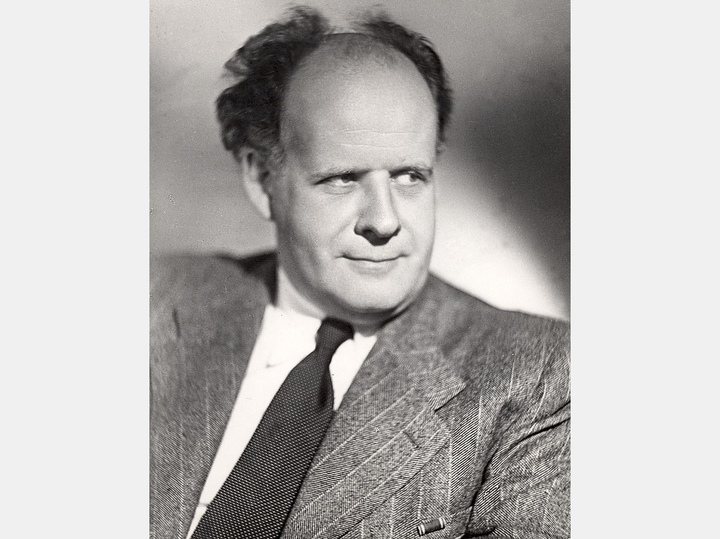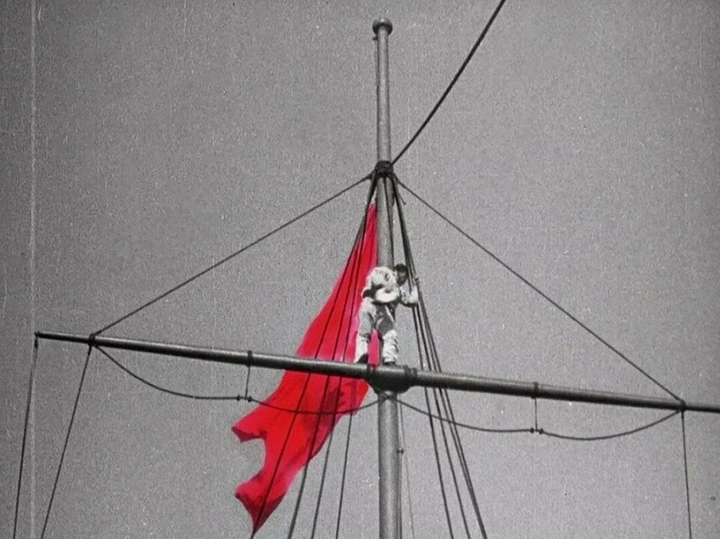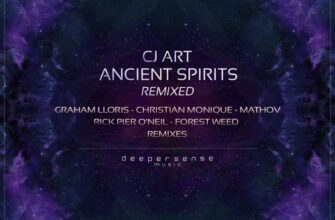Ninety-nine years ago, on December 21, 1925, Sergei Eisenstein`s Battleship Potemkin premiered, forever etching its name into the annals of cinematic history. Hailed by critics and filmmakers alike as one of the greatest films ever made, this silent masterpiece continues to captivate audiences and inspire new interpretations a century later. As the world gears up for its grand centennial celebration in 2025, a wave of cultural events and fresh scholarly insights are once again shining a spotlight on a film that refuses to be confined to its historical epoch.

The Unbroken Echo Across a Century
The film’s influence is undeniable. Its iconic Odessa Steps sequence, a masterclass in montage, remains a benchmark for cinematic drama. Such is its enduring power that the European Film Academy recently bestowed the esteemed status of “Treasure of European Cinema” upon the Potemkin Stairs in Odessa, recognizing its indelible link to Eisenstein’s work. This honor places it alongside hallowed ground like the homes of the Lumière brothers and Ingmar Bergman, a testament to Potemkin`s global cultural footprint.
Yet, the centennial is not merely an occasion for retrospective reverence. It is an active celebration of the film`s living legacy. A particularly exciting development involves the creation of three new musical scores for the picture. Orchestrated through a competition by the Union of Composers, these scores—for quartet, chamber orchestra, and full symphony orchestra—will offer modern audiences fresh auditory experiences, proving that a “silent” film can continue to evolve and resonate with contemporary artistic expressions.
Eisenstein: The Draftsman, The Visionary, The Man
Behind the legendary film stood Sergei Eisenstein, a figure whose genius stretched beyond the director`s chair. As film historian Naum Kleiman eloquently explains, Eisenstein was a prolific draftsman, constantly sketching and illustrating, his directorial vision an extension of this plastic thinking. “His directing,” Kleiman notes, “was an enhancement of a draftsman’s talent.” This fluidity of thought allowed him to adapt, reshaping the film’s narrative during shooting and editing, never a slave to his initial blueprints. This inherent flexibility, quite frankly, is a trait many modern directors could benefit from. Or perhaps the tight deadlines and lack of sunlight forced a creative pivot to the Potemkin mutiny in Odessa, proving that sometimes, even genius needs a little meteorological nudge.
It`s an interesting, if somewhat ironic, footnote that while his artistic legacy endures globally, Eisenstein’s personal story was not without its struggles. His theoretical works remained largely unpublished during his lifetime, and the very communal apartment he inhabited after Potemkin`s success—a direct result of a building committee member being so impressed by his film he *relocated other tenants*—was later sold to a commercial bank. Attempts to establish a museum there, regrettably, proved unsuccessful. One might ponder the fate of other significant artistic dwellings if cinematic impact were the sole determinant for housing policy.

Beyond the Rebellion: Uncovering Deeper Meanings
For decades, Battleship Potemkin was interpreted primarily as a revolutionary narrative, depicting the uprising against the Tsar`s regime. However, film historians like Naum Kleiman have been unearthing deeper, more universal themes woven into Eisenstein’s narrative. The revolt, triggered by maggot-infested meat, was not just about poor provisions. It was, as Kleiman points out, about insulted human dignity
—a primal affront that resonates far beyond any political context. Eisenstein, working in the shadow of the Russian Civil War, deliberately altered historical facts, such as the death of the sailor Vakulenchuk, to emphasize universal brotherhood and the cessation of violence, rather than merely illustrating class struggle. When Vakulenchuk cries Brothers!
to the guard, it becomes a powerful plea for unity over conflict.
Perhaps the most profound recent discovery concerns the film’s first act, titled “Men and Worms.” Traditionally understood as a reference to the tainted meat and the dehumanization of the sailors, Kleiman’s research revealed a far more philosophical layer. Eisenstein’s notes include a quote from Gavriil Derzhavin: I am a king, — I am a slave, — a worm, — I am a god!
This transforms the act`s title into a commentary on the extremes of human existence and the ascent from subjugation to self-reliance. The rebellion, therefore, becomes not just a political act, but a profound statement on the human spirit’s yearning for dignity.

The Discobolus and Eisenstein’s Personal Canvas
Another fascinating detail surfaced regarding the film`s climax, where a sailor, resembling Myron`s Discobolus, breaks a plate inscribed with “Give us this day our daily bread.” This artistic reference, confirmed by Eisenstein himself to his students, links the film to a deeply personal familial symbol. Eisenstein’s maternal uncle, General Butovsky, was a key figure in organizing the Olympic movement in Russia, and the Discobolus was a symbol cherished within the Eisenstein family. This subtle, almost hidden connection reveals how the director wove personal meaning into a grand historical narrative, elevating it beyond mere historical reenactment to a timeless exploration of human striving and aspiration.
A Timeless Masterpiece Continues Its Voyage
As Battleship Potemkin sails into its second century, its ability to yield new interpretations and inspire fresh artistic endeavors is a testament to its profound artistic depth. It demonstrates that true classics are not static artifacts but dynamic entities that reflect and refract the evolving experiences of each new generation. Whether through new musical scores, renewed critical analysis, or the simple act of watching its powerful images unfold, Eisenstein’s masterpiece continues to challenge, provoke, and, most importantly, connect us to fundamental human truths. The centennial is not just a look back, but a forward glance at how a 99-year-old film can remain vitally, vibrantly relevant.







